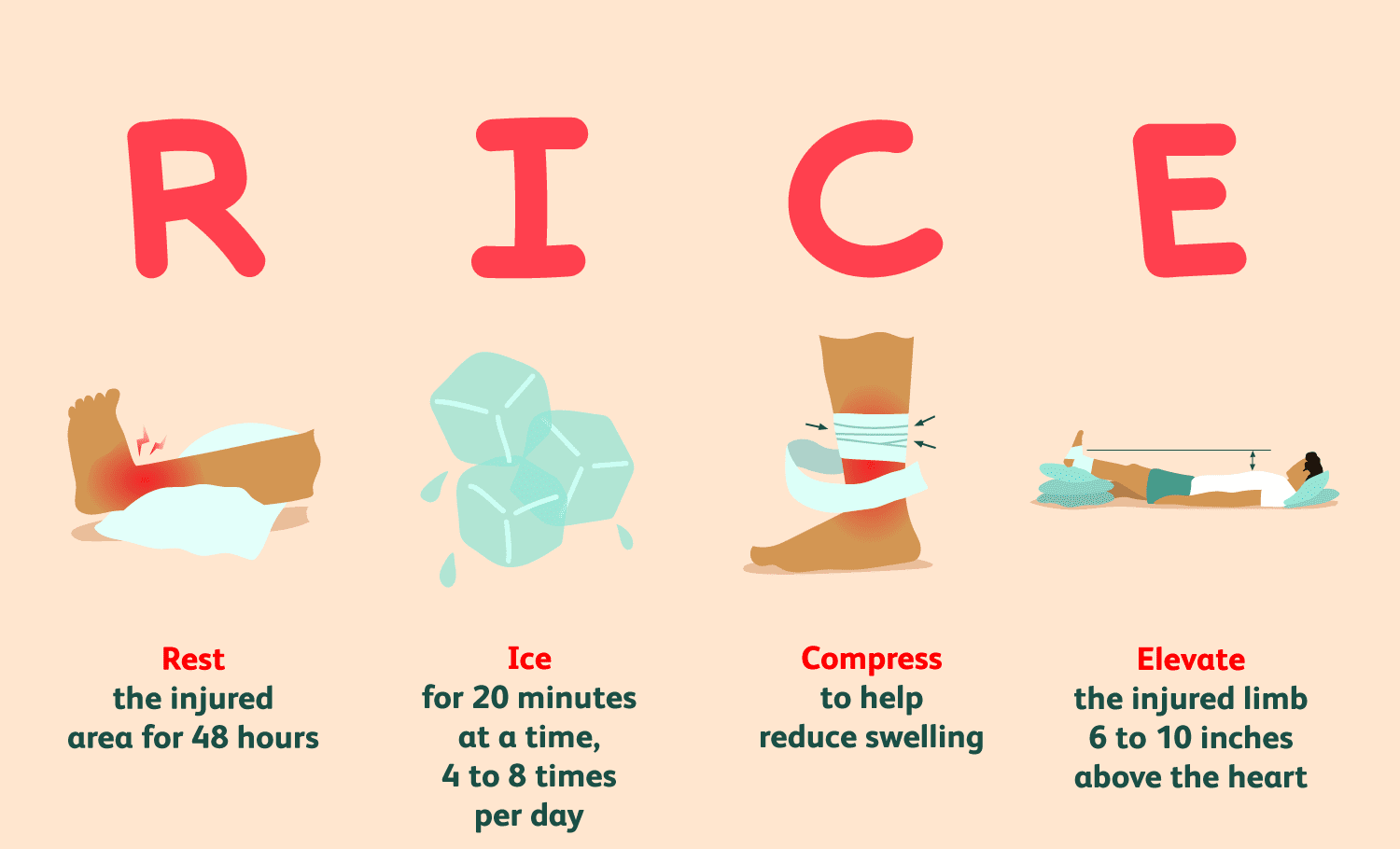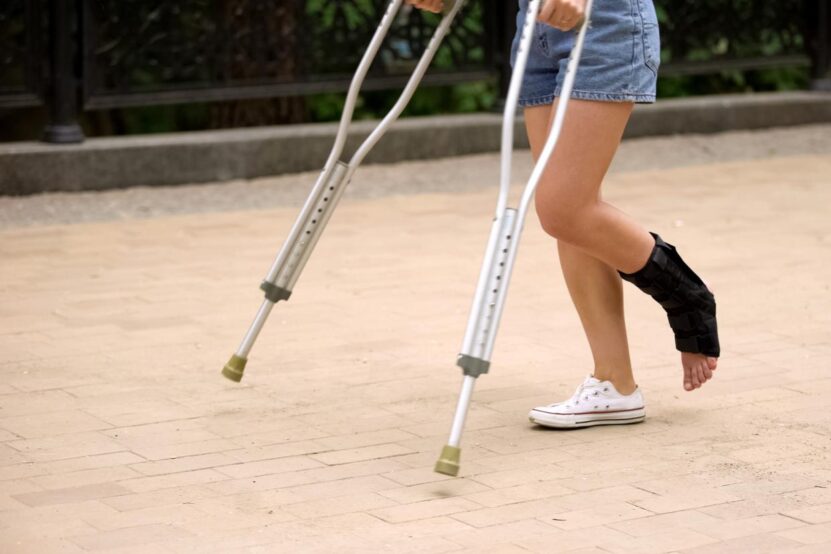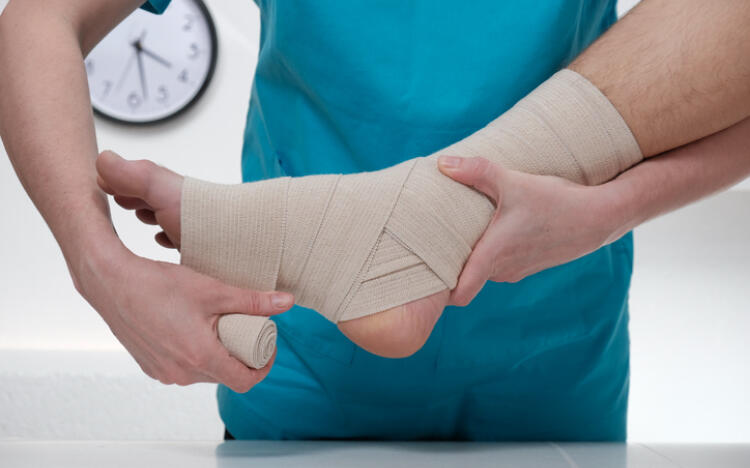Sprained ankles are one of the most common injuries, especially for active people. That sudden slip, roll, or awkward landing can easily overstretch and tear the tough ligaments that stabilize the ankle joint. While ankle sprains are painful, swollen, and debilitating at first, there are strategies to recover mobility and strength quickly by following some smart guidelines.
Knowing the stages of recovery and being proactive in your approach can significantly reduce your recovery time and prevent future injuries. The key to a successful recovery lies in early intervention and consistent rehabilitation.
R.I.C.E. in the First 48 Hours

As soon as you sprain your ankle, the classic R.I.C.E. method becomes your new best friend. Rest the injured ankle as much as possible by avoiding walking on it. Ice the swollen area for 20 minutes several times per day to reduce painful inflammation. Compress the ankle snugly with an elastic bandage. And elevate the foot above heart level whenever possible to prevent swelling. Sticking to R.I.C.E. in those critical first 48 hours after the injury goes a long way.
See a Doctor Promptly
While you can certainly try treating a mild sprain at home, it is wise to have ankle specialists like those at podiatric practice Commonwealth Foot and Ankle examine the injury promptly. They can properly diagnose the severity, whether it’s a simple stretching of the ligaments or a high ankle sprain involving other areas. Severe sprains and fractures require more aggressive care. Getting the right diagnosis ensures proper healing.
Use Mobility Aids As Needed

In the days immediately following a sprained ankle, you will likely need to use mobility aids like crutches, a knee walker or rigid plastic shell brace to keep weight off the injured area as it heals. Using these tools avoids reinjury and allows the stretched and torn ligaments to knit back together without constant stretching from bearing weight.
Do Therapeutic Exercises
As soon as the initial swelling and pain subsides, usually in 3-5 days, it is important to do gentle range-of-motion exercises for the ankle such as writing the alphabet with your foot, ankle circles, calf stretches and more. These simple therapeutic movements help prevent the ankle from getting overly stiff while stimulating blood flow to speed healing. An ankle rehab protocol from specialists is ideal.
Consider Taping or Bracing
To protect the vulnerable healing ligaments and return to basic activities sooner, many sports medicine experts recommend taping or bracing a sprained ankle for several weeks. Simple athletic tape or a semi-rigid lace-up brace acts like an external ligament to stabilize the joint and prevent re-injury. Wearing it allows a faster return to light duties while still healing.
Strengthen Once Stable
Once your ankle becomes more stable about 2-4 weeks after the initial sprain, it is time to focus on strengthening the muscles around the joint through targeted exercises. Work on balancing on one foot, doing calf raises, resistance band work and gentle agility drills. Rebuilding muscular support and proprioception is key to achieving full recovery.
Add Cross-Training to Maintain Fitness

During the recovery phase, it’s important to maintain overall fitness without putting undue stress on the injured ankle. Cross-training activities such as swimming, cycling, or using an elliptical machine can keep you in shape while your ankle heals.
These low-impact exercises allow you to maintain cardiovascular health and muscle tone, which can aid in your overall recovery. Cross-training also helps in maintaining your mental well-being, as it keeps you active and engaged without risking further injury to your ankle.
Massage Therapy for Enhanced Healing
Massage therapy can be an effective adjunct to your recovery plan. Gentle massage of the ankle and surrounding muscles can improve circulation, reduce stiffness, and alleviate pain. It’s important to consult with a physical therapist or massage therapist who is experienced with injury recovery to ensure that the massage techniques used will benefit your healing process. Regular sessions can help break down scar tissue and promote flexibility, further enhancing your recovery.
Incorporate Ankle-Friendly Nutrition

Nutrition plays a crucial role in the healing process of a sprained ankle. Incorporating foods rich in anti-inflammatory properties, such as omega-3 fatty acids found in fish, flaxseeds, and walnuts, can help reduce swelling and promote faster recovery.
Consuming foods high in vitamins C and D, as well as calcium, can support ligament repair and bone health. Vitamin C aids in collagen production, which is essential for ligament healing, while calcium and vitamin D strengthen the bones and joints.
Staying hydrated is equally important, as it helps maintain tissue elasticity and reduces the risk of further injury. A balanced diet tailored to your recovery needs can significantly enhance the healing process and get you back on your feet more quickly.
Be Patient and Diligent
Sprained ankles are easy to re-injure if you try doing too much too soon. While frustrating, it’s essential to allow adequate time for full ligament healing; usually around 6-12 weeks for even mild sprains. With proper R.I.C.E., bracing, rehab exercises and patience, you will be able to make a complete recovery and return to all activities without issues.
Prevent Future Ankle Sprains

Once you’ve recovered from a sprained ankle, taking steps to prevent future injuries is crucial. Incorporating balance exercises into your regular workout routine can improve ankle stability and proprioception. Activities like yoga, tai chi, or using a balance board can strengthen the muscles and ligaments around your ankle, making them more resilient to sudden movements or awkward landings. Additionally, wearing appropriate footwear that provides adequate support can significantly reduce the risk of re-injury.
Conclusion
Sprained ankles are an active person’s worst enemy, causing pain, immobility and weeks of healing. But by following some simple steps, prompt R.I.C.E. treatment, seeing ankle specialists for evaluation, using mobility aids and exercises prescribed by experts, taping or bracing, doing therapeutic and strengthening work, and being diligent yet patient through recovery, you can get that sprained ankle rehabbed and healed quicker to keep your active life in motion.

